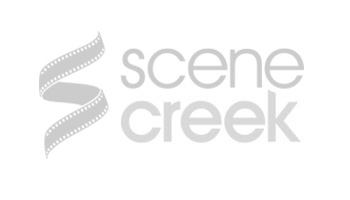Hitchcock / Truffaut: Magnificent Obsessions — The Bride Wore Black
The fact that Alfred Hitchcock is accepted as the most transformative and respected directors in Hollywood is something of a fabrication. The Master of Suspense famously did not win an Oscar for Best Director or Best Picture (non-honourary, at least), but at least the British-American heavyweight is considered a legend in the cinema, right? After all, Sight & Sound Magazine famously revised their best picture of all time, deselecting Citizen Kane in a poll and elevating Hitchcock’s Vertigo to the top spot.
Ah, but this is leaving out one very important word, and the reason that Hitchcock / Truffaut: Magnificent Obsessions comes together so well as a retrospective: that word being “genre”.
Truffaut is perhaps something of a genre buster, taking New Wave films and elevating the form. It is no secret that the seventh art was often considered “lesser than” to both novels and to works of art. François Truffaut, in addition to being a filmmaker, is a scholar, and his writing for Cahiers du Cinéma (along with contributions from Alexandre Astruc) focused on the idea of caméra–stylo, that the director should use the camera quite like the author would wield a pen. The notion of “auteur theory” seemed very unorthodox in a period that focused on the grand scale and epic scope.
The idea of showing respect to a filmmaker such as Hitchcock is certainly not novel, as films like The 39 Steps have influenced sound films. And yet at the time that Truffaut reached out to Hitchcock, the French auteur was but a child, having made three films to his name and not yet having helmed what many considered his master work—Day for Night (which won Truffaut a competitive Academy Award, an acclaim that Hitchcock could never achieve). Therefore, it was surprising that Hitchcock not only accepted the overture, but that in their conversations captured in a brilliant book and later in a movie, it was unclear as to whom was influencing whom.
Truffaut was the ultimate outsider, a critic before becoming a filmmaker, and yet his appreciation of the genre form, (mirrored in Jean-Luc Godard’s admiration of Nicholas Ray), led him to create as his follow-up film, (after a tough challenge of making a film in English with an adaptation of Fahrenheit 451), was the Hitchcock–inspired The Bride Wore Black. Technically, the film was inspired by a book, a pulpish novel, but Hitchcockian cues are everywhere, from a score by Bernard Herrmann to an inversion of innocent locations to become macabre, to a femme fatale (Jeanne Moreau) that may have been wronged and seeks revenge, (but may be harbouring deep secrets of her own), to the very filming style. However, the film often is compared not to Hitchcock but to Quentin Tarantino (the film contains many parallels to Tarantino’s Kill Bill, but the wearer of cinematic influences, QT, famously claims not to have seen the film).
Indeed, it is often said not a Hitchcock film, (because Truffaut, despite his enormous influence made a film of his very own, shaded with his own experiences and perspective). His idea of a caméra–stylo lingers on, because even in an homage, The Bride Wore Black says more about Truffaut than it does about Hitchcock.
The dual retrospective Hitchcock / Truffaut: Magnificent Obsessions intersects through The Bride Wore Black but a screening of Moreau and Truffaut’s collaboration in Jules et Jim on August 5th is essential viewing. A double bill of Vertigo and The Last Metro on September 4th presents a perfect lead-in to the 41st Toronto International Film Festival, a celebration of films both auteur and genre, and often both at the same time.



